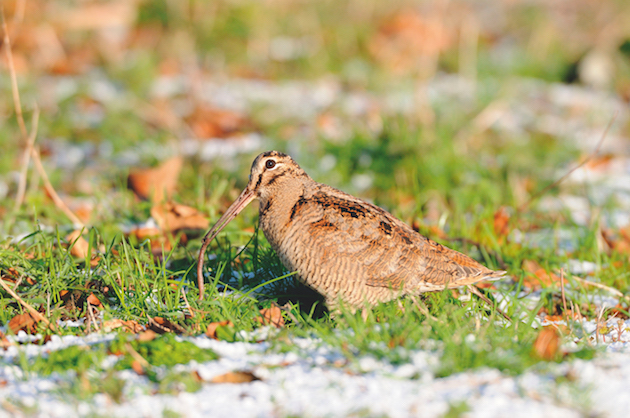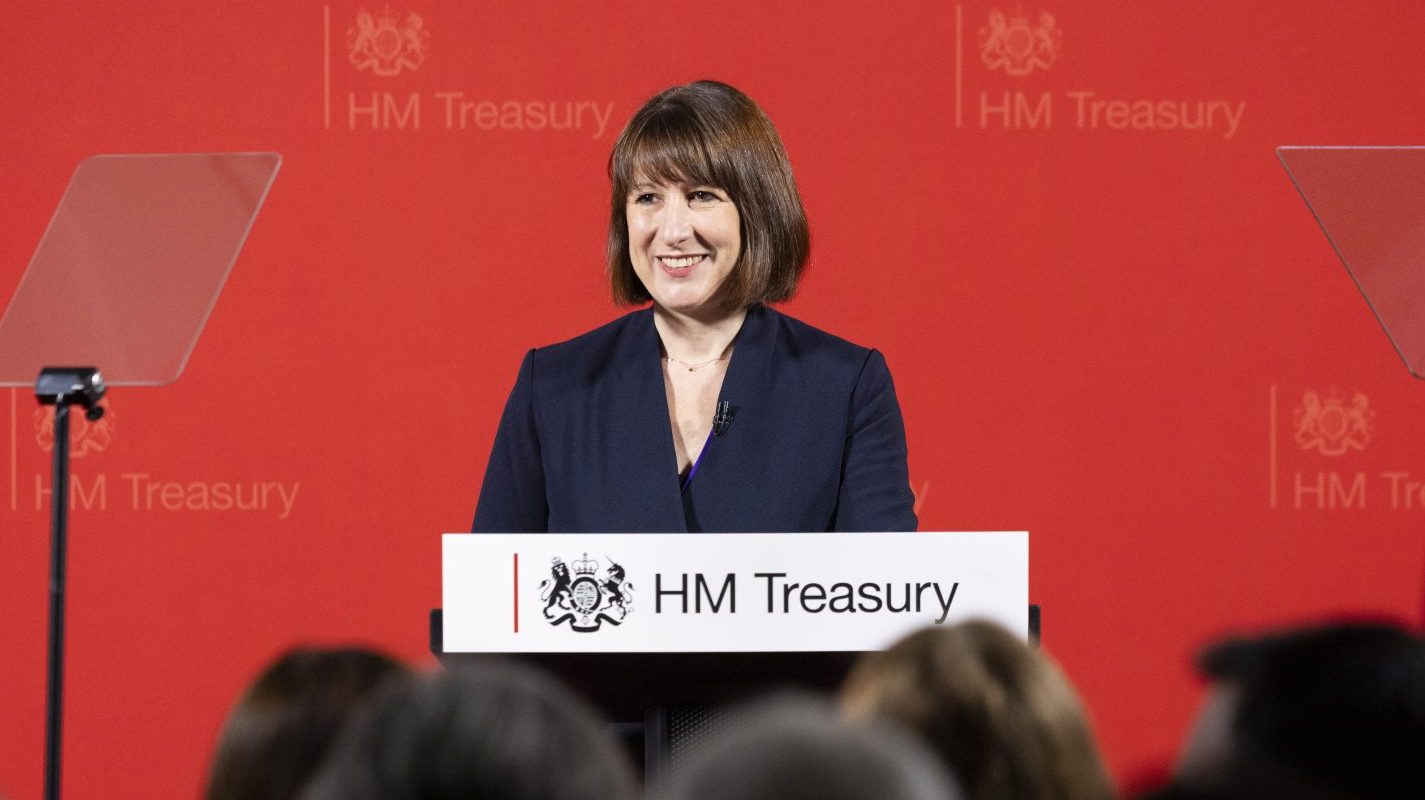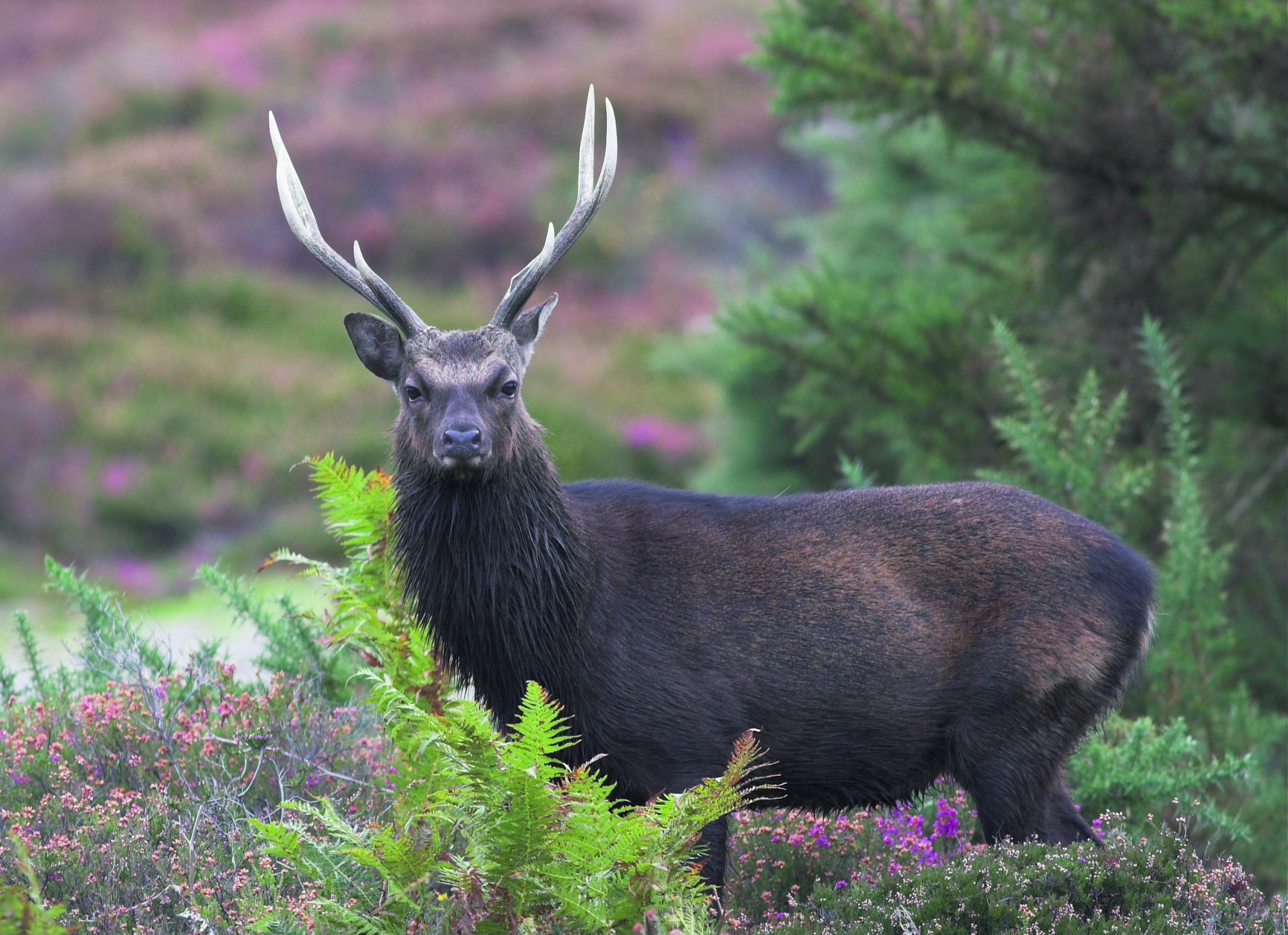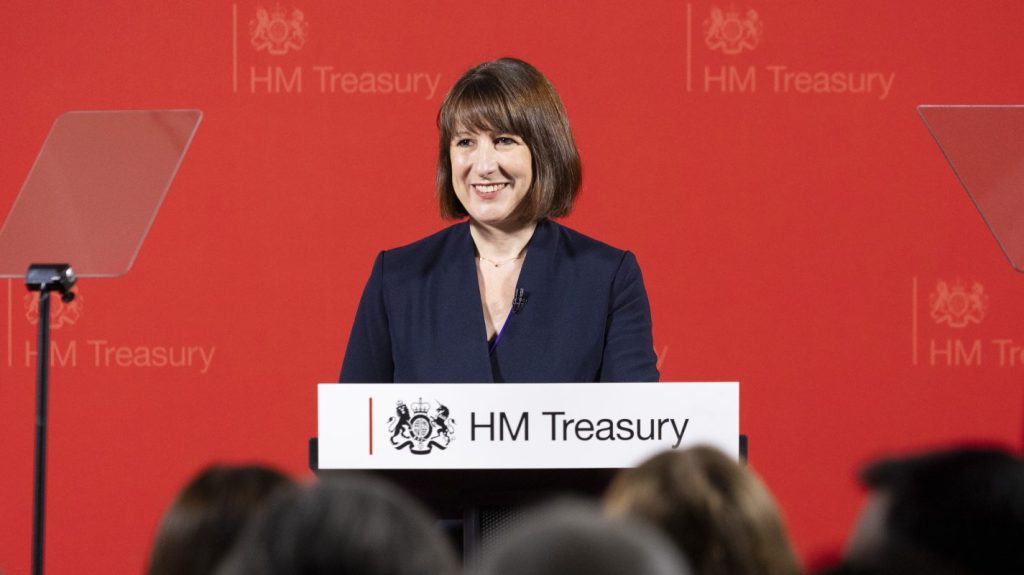News
The latest on the woodcock breeding season
Would you like to speak to our readers? We offer sponsored articles and advertising to put you in front of our audience. Find out more. BH1P7K Woodcock, scolopax rusticola, single bird feeding, at woodland edge on snow covered grassland, Norfolk, UK, January
BH1P7K Woodcock, scolopax rusticola, single bird feeding, at woodland edge on snow covered grassland, Norfolk, UK, January
In 2010, French hunting website La Chasse de la Becasse des Bois began a programme of tracking woodcock and monitoring conditions in their breeding grounds to predict the numbers of migrants that would reach France. Over the last 12 years, this methodology has been carefully refined using multiple tagged woodcock and a network of correspondents in the major woodcock breeding countries.
Last week, the site’s owners published their prediction for 2022. They reported generally good breeding conditions in Russia and the Baltic states, where the majority of English wintering woodcock breed and normal to good conditions in Fenno-Scandia where Scottish and Irish birds breed.Crucially, these areas did not experience any severe weather events during the critical breeding period which extends from mid-May to mid-July. The second crucial period runs from mid-July to the end of August, when chicks are young.
During this period, the breeding country monitors: “Did not notice any climatic conditions that could have hindered the good growth of the young. Just a slight lack of rain and soil moisture.” Franck Ricaud and Phillipe Vignac, who run the website noted: “This observation is valid for all the major breeding countries.”
Ricaud and Vignac also noted that the droughts which hit much of Western and Southern Europe did not affect the birds breeding territories as the situation would have been “catastrophic”.
The summer’s droughts are however expected to affect the distribution of birds once they arrive on their wintering grounds, with a much less even distribution than normal expected as birds gather in areas with wetter soil. While the news was generally very good, the report sounded two important notes of cautions. Their first warning was that the effects of climate change were starting to be felt by the birds. As soils dry out in breeding areas the birds are struggling to find food. They also warned that the European harvest of the birds remains too high and called for restraint by hunters.
Related articles
News
PETA attacks royal couple for breeding cocker pups
The Prince and Princess of Wales have faced criticism from animal rights group PETA after they had a litter of puppies
By Time Well Spent
News
Farmers launch legal review against Reeves’s farm tax
Chancellor Rachel Reeves faces a judicial review over inheritance tax reforms that could force family farms out of business
By Time Well Spent
Manage Consent
To provide the best experiences, we use technologies like cookies to store and/or access device information. Consenting to these technologies will allow us to process data such as browsing behavior or unique IDs on this site. Not consenting or withdrawing consent, may adversely affect certain features and functions.
Functional Always active
The technical storage or access is strictly necessary for the legitimate purpose of enabling the use of a specific service explicitly requested by the subscriber or user, or for the sole purpose of carrying out the transmission of a communication over an electronic communications network.
Preferences
The technical storage or access is necessary for the legitimate purpose of storing preferences that are not requested by the subscriber or user.
Statistics
The technical storage or access that is used exclusively for statistical purposes.
The technical storage or access that is used exclusively for anonymous statistical purposes. Without a subpoena, voluntary compliance on the part of your Internet Service Provider, or additional records from a third party, information stored or retrieved for this purpose alone cannot usually be used to identify you.
Marketing
The technical storage or access is required to create user profiles to send advertising, or to track the user on a website or across several websites for similar marketing purposes.





